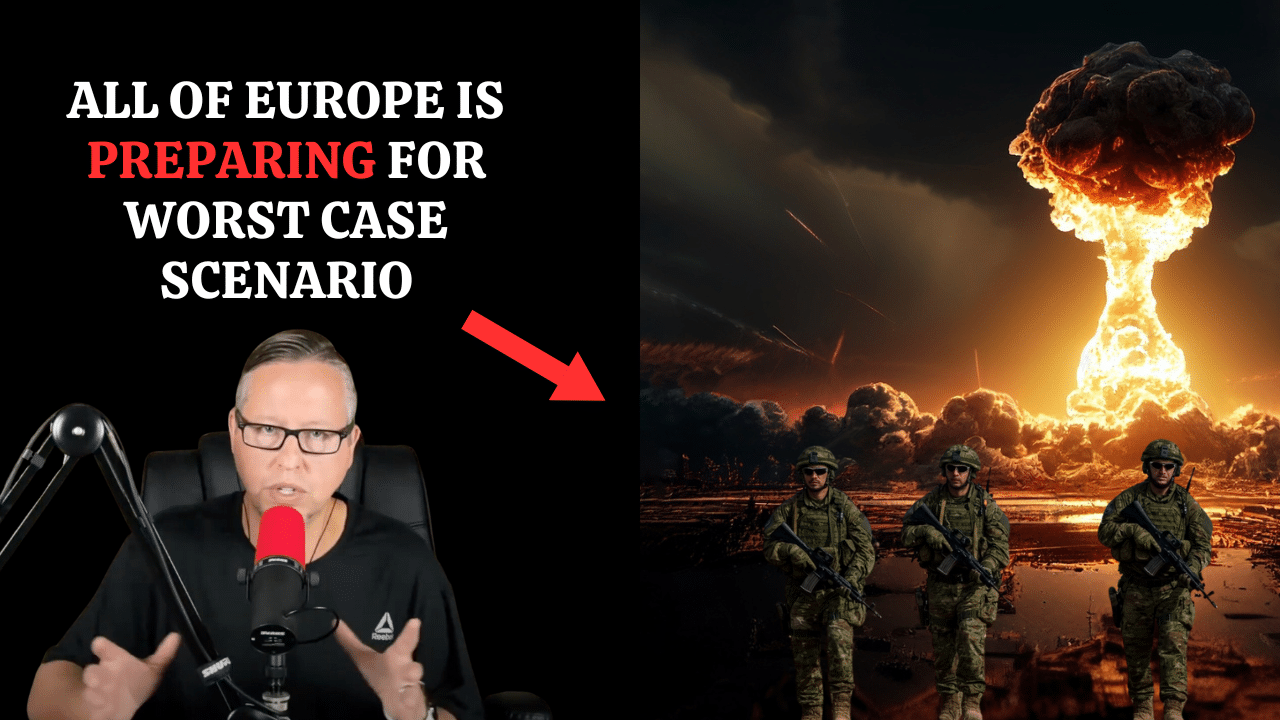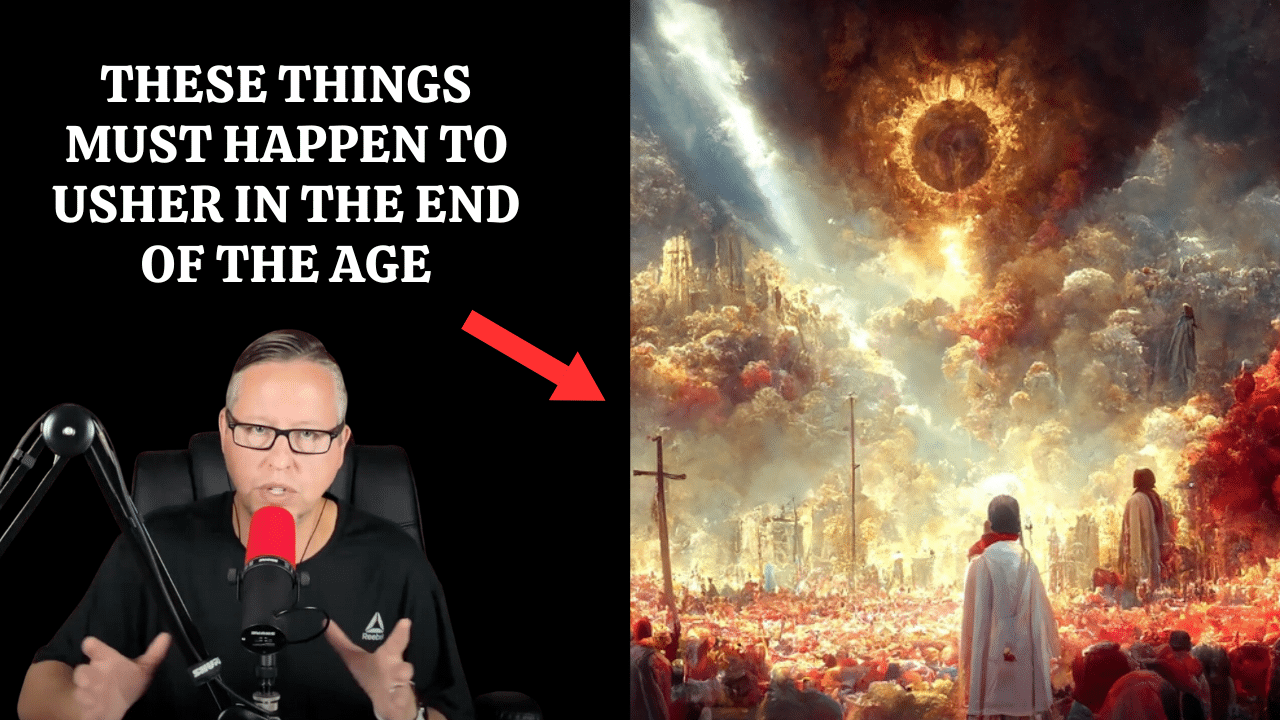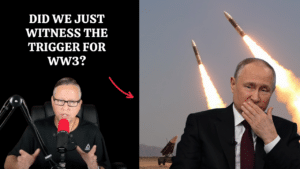(OPINION) Last year marked the 40th anniversary of the almost-apocalypse. On Sept. 26, 1983, Russian Lt. Col. Stanislav Petrov declined to report to his superiors information he suspected to be false, which detailed an inbound U.S. nuclear strike.
His inaction prevented a Russian retaliatory strike and the global nuclear exchange it would have precipitated. He thus saved billions of lives.
Today, Petrov’s descendants’ job is much harder, chiefly due to rapid advancements in artificial intelligence. Imagine a scenario where Petrov receives similar alarming news, but it is backed by hyper-realistic footage of missile launches and a slew of other audiovisual and text material portraying the details of the nuclear launch from the United States.
It is hard to imagine Petrov making the same decision. This is the world we live in today.
Recent advancements in AI are profoundly changing how we produce, distribute, and consume information. AI-driven disinformation has affected political polarization, election integrity, hate speech, trust in science, and financial scams.
As half the world heads to the ballot box in 2024 and deepfakes target everyone from President Biden to Taylor Swift, the problem of misinformation is more urgent than ever before.
However, false information produced and spread by AI threatens our economy and politics; it also presents a fundamental threat to national security.
Although a nuclear confrontation based on fake intelligence may seem unlikely, the stakes during crises are high, and timelines are short, creating situations where fake data could well tilt the balance toward nuclear war.
The evolution of nuclear systems has led to further ambiguity in crises and shorter timeframes for verifying intelligence. An intercontinental ballistic missile from Russia could reach the U.S. within 25 minutes.
A submarine-launched ballistic missile could arrive even sooner. Many modern missiles carry ambiguous payloads, making it unclear whether they are nuclear-tipped. AI tools for verifying the authenticity of content are not sufficiently reliable, making this ambiguity difficult to resolve in a short window.
The likeliest nuclear hotspots are also the arenas involving actors with low levels of trust on both sides — be that the U.S. and the Chinese Communist Party or Russia or India and Pakistan.
Even if communication is established in a narrow time frame, leaders will be forced to weigh the compelling disinformation as evidence against an opposing government’s calls to stand down.
Even if the U.S. can guard against such disinformation, there is no guarantee that other nuclear-armed states would have the technical capacity to do so.
A single strike from another actor could precipitate global nuclear war, even if the U.S. had done its due diligence to reject the spurious intelligence. The national security risks extend beyond nuclear exchange.







